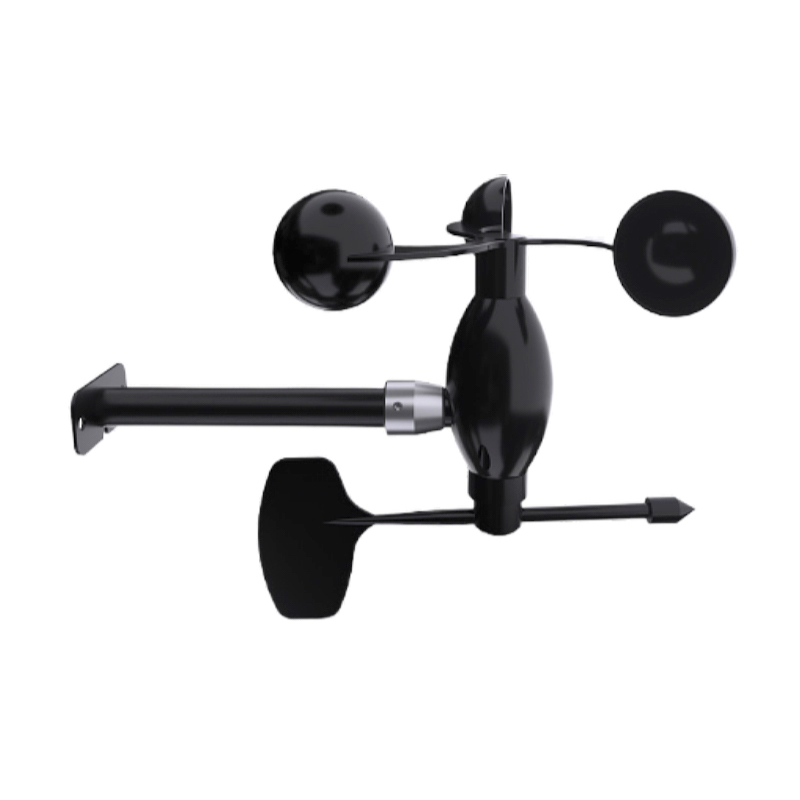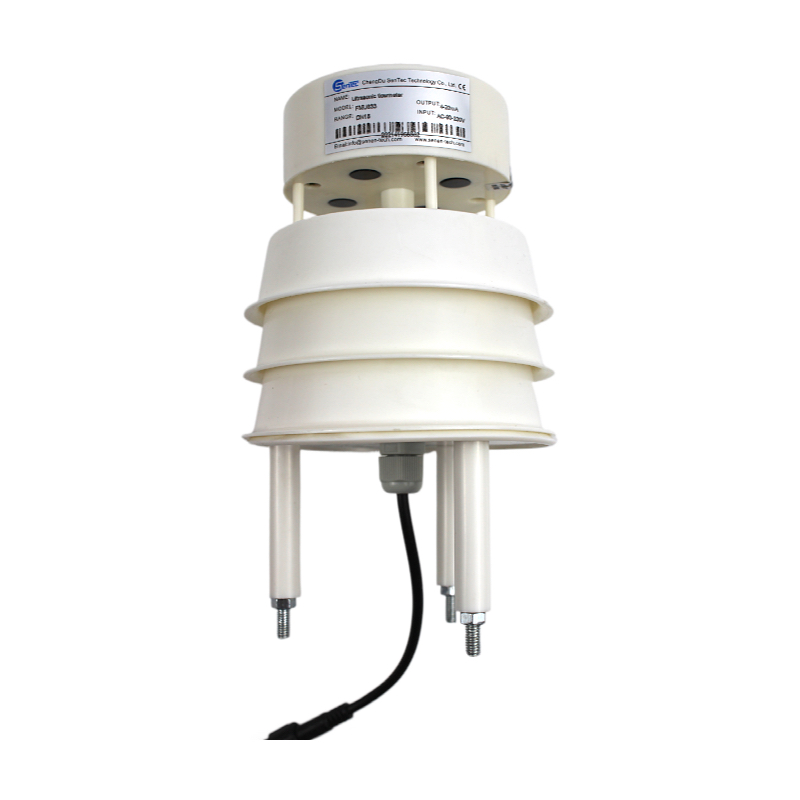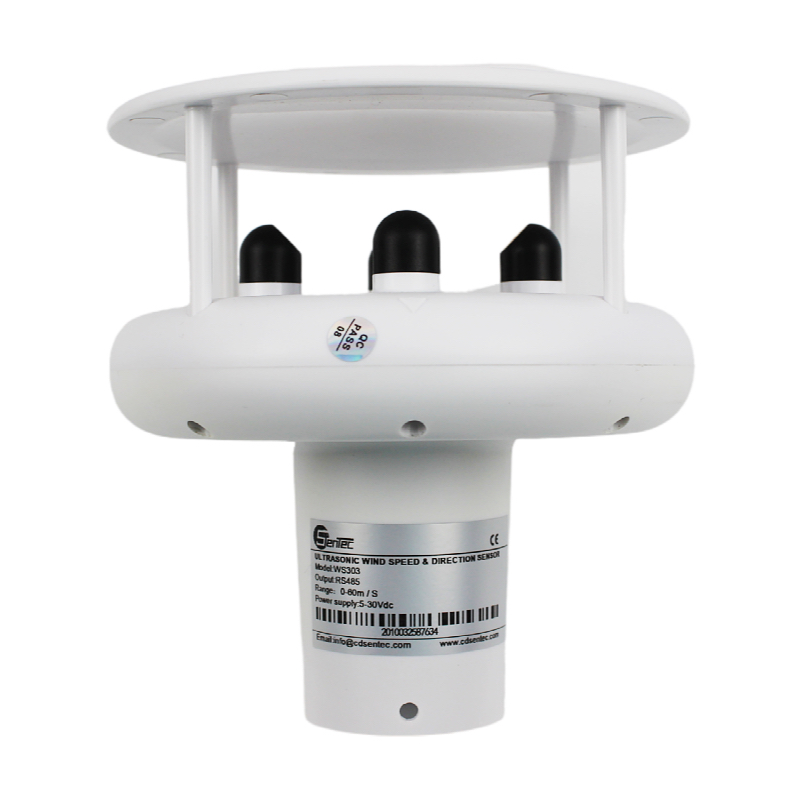Selecting the right wind speed and direction sensor is crucial for accurate weather monitoring, whether it’s for agricultural purposes, aviation, renewable energy projects, or personal use. This guide covers the key factors to consider and provides specific selection cases to illustrate different application needs.
Understanding Your Requirements
First, define the purpose and requirements for the wind sensor:
- Purpose: What is the primary use? (e.g., agricultural monitoring, weather forecasting, aviation safety, wind energy assessment)
- Accuracy: What level of accuracy is needed?
- Environment: What environmental conditions will the sensor face?
- Data Needs: Is real-time data transmission required?
Accuracy and Range
Consider the necessary accuracy and measurement range:
- Accuracy: ±0.5 m/s for wind speed and ±5° for wind direction are typical, but more precise needs might require higher accuracy.
- Range: Ensure the sensor covers the expected wind speeds and directions in your area.
Sensor Types
Different types of sensors suit different applications:
- Cup Anemometers: Reliable and affordable, good for a wide range of speeds.
- Ultrasonic Anemometers: High accuracy, no moving parts, suitable for harsh environments.
- Vane Anemometers: Combine a propeller and a vane, good for portable devices.
- Hot-wire Anemometers: Mostly used in labs for detailed flow studies, not ideal for outdoor use.
Durability and Maintenance
Check the durability and maintenance needs:
- Materials: Robust materials like stainless steel or high-quality plastics are best.
- Maintenance: Moving parts require more frequent maintenance compared to ultrasonic sensors.
Data Output and Integration
Ensure compatibility with your data logging or weather station setup:
- Output Types: Analog signals, digital pulses, or serial data.
- Integration: Look for plug-and-play compatibility with popular weather station models.
Power Supply
Consider the power requirements:
- Battery-powered: Good for remote locations.
- Solar-powered: Sustainable for long-term use.
- Mains-powered: Suitable for permanent installations with access to power.
Price and Warranty
Balance cost with features and accuracy:
- Price: Ultrasonic anemometers might offer better long-term value despite higher initial costs.
- Warranty: Look for at least a one-year warranty to cover early failures.
Selection Cases
Case 1: Agricultural Monitoring
Scenario: A farmer needs a reliable sensor for monitoring wind speed and direction to optimize irrigation and protect crops.
Recommendation:
- Sensor Type: Cup Anemometer
- Model: WSD304 Wind Speed & Direction Sensor
- Features: Reliable, affordable, with good accuracy (±0.5 m/s).
- Output: Analog signals compatible with most weather stations.
- Durability: Built with high-quality plastic, suitable for outdoor use.

Case 2: Wind Energy Assessment
Scenario: A renewable energy company needs precise wind data to assess the viability of a new wind farm site.
Recommendation:
- Sensor Type: Ultrasonic Anemometer
- Model: WS303U
- Features: High accuracy (±0.1 m/s), no moving parts, suitable for harsh environments.
- Output: Digital serial data, easy integration with data logging systems.
- Durability: Stainless steel construction, weather-resistant.

Case 3: Personal Weather Station
Scenario: A weather enthusiast wants to set up a personal weather station with reliable wind speed and direction data.
Recommendation:
- Sensor Type: Vane Anemometer
- Model: WD300
- Features: Easy to set up, accurate for personal use (±1 m/s).
- Output: Wireless transmission to a home display unit.
- Durability: Suitable for moderate outdoor conditions.
- Power Supply: Battery-powered, easy to maintain.
Case 4: Offshore Wind Monitoring
Scenario: An offshore wind farm requires robust sensors to monitor wind conditions for turbine performance and safety.
Recommendation:
- Sensor Type: Ultrasonic Anemometer
- Model: WS303 High Precision Ultrasonic anemometer
- Features: Marine-grade construction, high accuracy (±2% of reading), no moving parts.
- Output: Digital output, compatible with marine data logging systems.
- Durability: Corrosion-resistant materials, suitable for harsh marine environments.
Product Image:

Case 5: Construction Site Monitoring
Scenario: A construction company needs to monitor wind conditions to ensure the safety of cranes and other tall structures.
Recommendation:
- Sensor Type: Cup Anemometer with Vane
- Model: WSD304 Wind Speed & Direction Sensor
- Features: Reliable and durable, measures both wind speed and direction, good accuracy (±0.3 m/s).
- Output: Analog and digital options, easy integration with safety systems.
- Durability: Rugged design, built to withstand construction site conditions.
Conclusion
Choosing the right wind speed and direction sensor involves understanding your specific needs, the required accuracy and durability, data output compatibility, and budget. By carefully evaluating these factors and considering real-world selection cases, you can select a sensor that will provide reliable and accurate wind data for your application.




